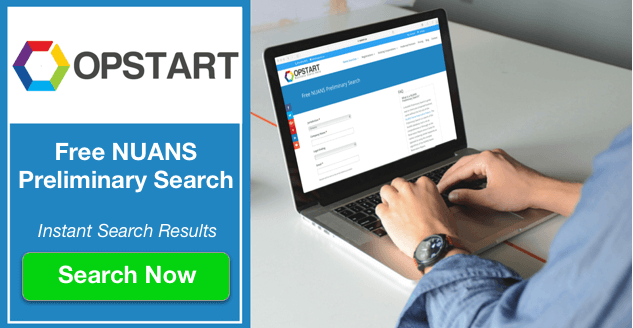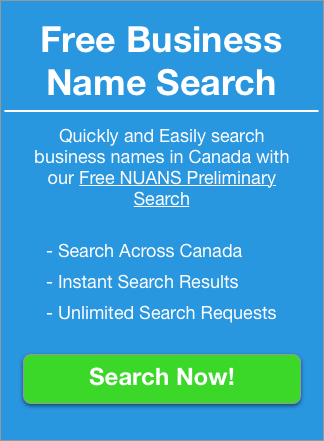Canadian Business Owners, Take Note: All About Federal HST in Ontario

Every year, the Government of Canada collects almost 12 percent of its revenue in the form of GST. The Goods and Services Tax replaced a hidden manufacturers’ tax in the 1980s. The provinces also levy their own provincial sales tax, except Alberta.
In 2010, Ontario joined the federal HST program. This synchronizes the collection of provincial and federal sales tax.
As a business owner, you need to know a bit more about Ontario HST, especially if you have customers in the province. This quick guide will help you get started with the ins and outs of HST in Ontario.
What Is the Federal HST Program?
The federal government has charged GST since the late 1980s. Provinces can introduce their own sales taxes as well. The only province that doesn’t have a sales tax is Alberta.
For decades, Ontario ran its own provincial sales tax collections. In 2010, it joined the harmonized sales tax program. This allows the federal government to collect both federal and provincial sales taxes.
The Canada Revenue Agency handles the collection of all HST. It then ensures the province receives its part of sales tax.
This means Ontario no longer needs to support its own program or have its own tax collectors.
What Is the HST Rate in Ontario?
The federal part of HST is set at five percent. The provincial rate is currently eight percent. The harmonized sales tax is thus 13 percent in Ontario.
HST in other provinces may be different rates. It depends on the provincial tax rate. Other provinces with HST include Nova Scotia and PEI.
BC was part of the HST program, but decided to go back to collecting its own sales tax. Quebec still collects its own sales tax. In all these provinces, the sales tax may be a different rate from Ontario.
Who Charges HST?
Canadian business owners must collect GST on behalf of the federal government. This rule applies when their gross revenue exceeds $30,000.
This includes independent contractors and small businesses. You must charge sales tax on both services and products. Not every transaction is subject to sales tax, though.
To collect sales tax, you’ll need a business number. You can get one from the Canada Revenue Agency. If you expect you’ll exceed $30,000 in sales, it’s a good idea to register before the CRA asks you to.
If you go over $30,000 in sales, you may need to retroactively pay the sales tax you should have collected. The CRA will assign you a business number and ask you to collect on their behalf.
Determining the Place of Supply
You may think you don’t need to worry about Ontario HST if your business is in BC or Quebec. Sales tax is actually applied on the basis of “place of supply.”
This means the place where the service is rendered or “supplied.” This is very easy to determine for a restaurant or a hair salon. The service is supplied at a physical location, so the business must use that province’s sales tax rules.
Things become more complex if you’re shipping to customers across the country. If you’re a BC-based company shipping to a customer in Ontario, you’ll likely need to charge them Ontario HST. They will be “supplied” with the product at their Ontario address.
If you provide services remotely, you should pay attention to the rules that determine the place of supply. Often, the client’s address will determine what sales tax rules apply. There are quite a few exceptions, though, so make sure you know the rules.
Exemptions from HST
What items are exempt from HST in Ontario? It’s a good question. The list of exemptions is quite lengthy.
First of all, if your gross sales are under $30,000, you may not need to charge sales tax.
International sales may also be exempt from HST, under the place of supply rules.
Within Ontario, there are some items that are exempt from HST. An example is some food items, which are “necessities.” An apple does not have HST applied to it, while a bag of chips and a bottle of pop most definitely do.
Many services are exempt, including:
- Child care
- Tutoring
- Most financial services
- Health services, such as dental care and physiotherapy
Prescription drugs are also exempt.
Some items were exempt from provincial sales tax, but not the GST. If you sell these items, then you’ll need to provide a point-of-sale rebate on the provincial part of HST.
Items in this category include diapers, children’s clothing, and air travel that originates in Ontario and terminates in the US.
Benefits for Businesses
You might wonder what your business gets out of acting as a tax collector for the CRA. After all, you need to charge, collect, and remit tax for them. So what do you get for all this extra bookkeeping work?
As a business, you’re likely charged sales tax on many of the products and services you buy. You can use these HST credits to lower the amount you need to remit to the CRA at the end of the year.
If you’ve collected more money than you need to pay, then you can get a bit of a “rebate” on your HST expenditures.
Make Starting a Business Less Taxing
If you’re planning to start a business in Ontario, then knowing the ins and outs of federal HST is important. Getting set up with a business number and an GST/HST account is often one of the first steps to take.
Feeling a bit lost about how to set up your Ontario business? Get in touch with the experts. Setting up a business the right way is easier when you have a knowledgeable team on your side.

